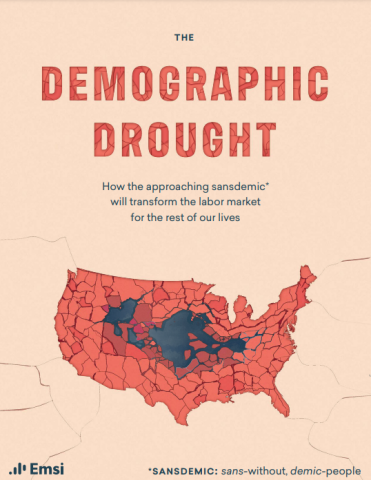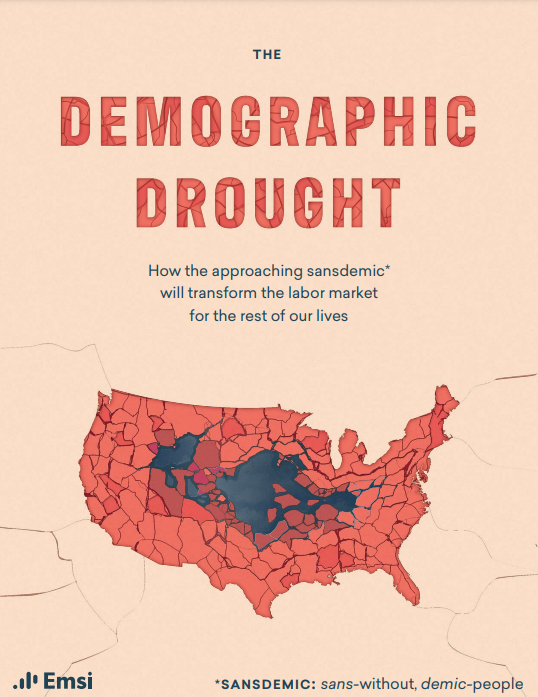Nov. 27, 2021 12:50p
(WGTD)---The proliferation of help wanted signs is not necessarily a result of COVID. Labor market researchers contend that the demographic trends that have led to a nearly across-the-board worker shortage have been in place for decades.
As Gateway Technical College’s Manager of Business Intelligence, Sean Riordan keeps tabs on the latest employment data. Speaking on a recent edition of WGTD’s “Morning Show,” Riordan highlighted the conclusions of a study by a labor market research firm called Emsi. The study is titled “The Demographic Drought” and talks about how the approaching “sansdemic,” as the report’s authors put it, will affect us for the rest of our lives. "COVID did not create any of these conditions," Riodan said. "These conditions were well in place for decades before COVID hit. But it did accelerate the trends," he said.
The report, Riordan notes, highlights three main factors: An actual shrinking U.S. population, baby boomer retirements and the number of people who are no longer interested in working full-time jobs. For instance, the percentage of males ages 25 to 54 who participate in the labor market fell five points between 1980 and 2019. That number represents millions of men. "It doesn't mean they're lazy but it does mean that the factors that brought their parents into the workforce are not there for them," he said.,
Those factors include enjoying a greater degree of accumulated wealth—either through inheritance or by other means.
The authors also present data to back up their contentions that the opioid epidemic and even video games are reducing labor market participation rates. "The average number of hours that people play video games has increased at about the same rate as the labor force participation rate has decreased. So those two things could be related," Riordan says.
How to minimize the effects of the “sansdemic”? Employers need to be creative in attracting workers by possibly offering better benefits, greater degrees of flexibility and on-the-job training, he says. More automation and expanding immigration are other ways to mitigate the effects.
-0-

